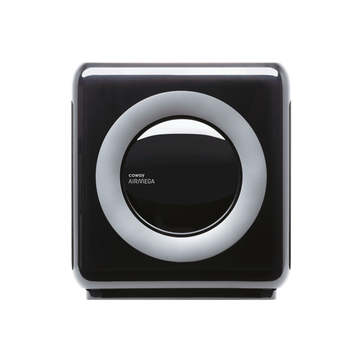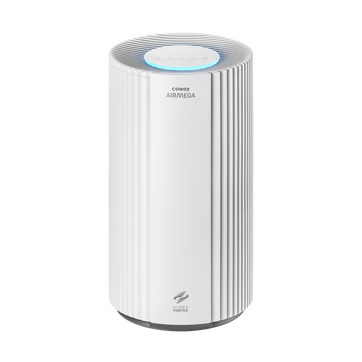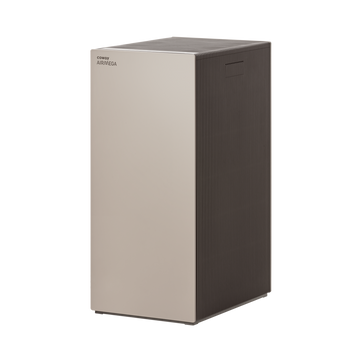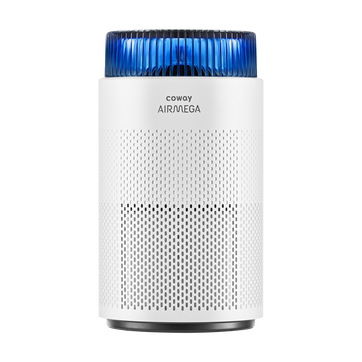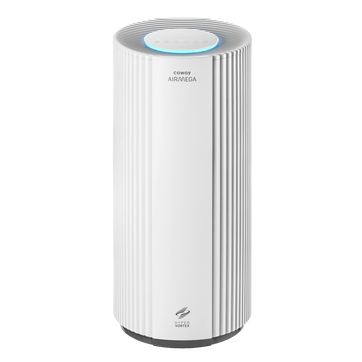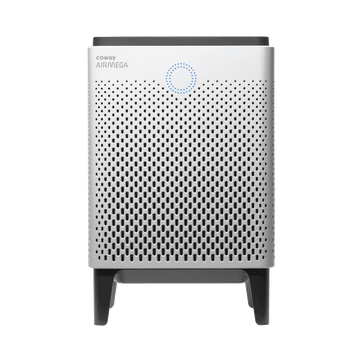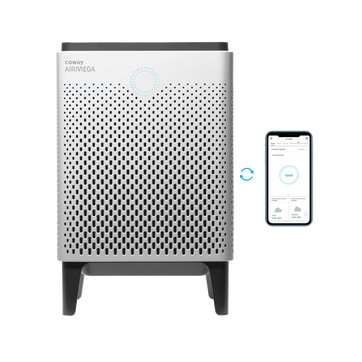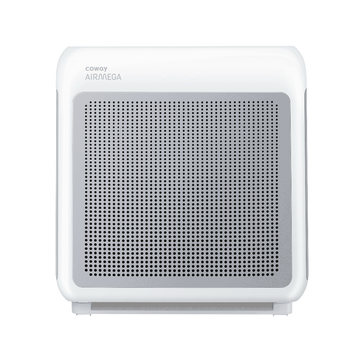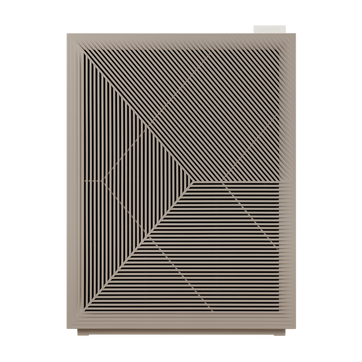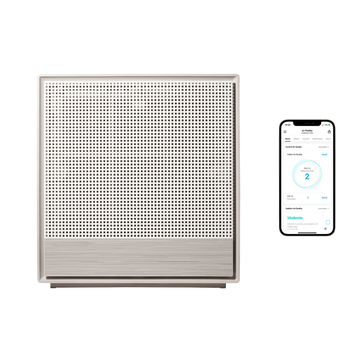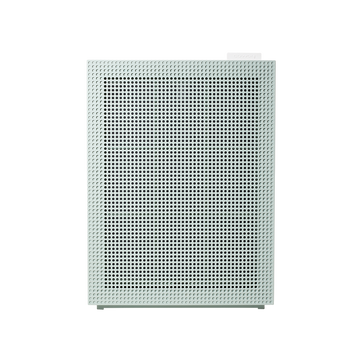
Update: the great Pacific garbage patch
On June 5th, 2018, a 51-year old Frenchman named Ben Lecomte donned a shark-repellent bracelet, dove into the Pacific Ocean off the coast of Japan, and began swimming to the United States.
The GPGP
Sounds impossible, doesn’t it? But the motivation behind his 5,500 mile journey is also unbelievable: the great Pacific garbage patch (GPGP) is now thought to be four to sixteen times larger than previously known. In other words, it’s three times larger than Lecomte’s native country of France. During the next six months, Lecomte, along with his 13 scientific partners, will navigate into the heart of the patch to study it up close.
Discovery
The GPGP was first discovered in 1997 by Captain Charles Moore as he sailed the Pacific. In the decades since, scientists have realized that plastic garbage is pushed to the North Pacific gyre by the ocean’s circular currents. A common assumption is that the GPGP is made up of countless whole plastic items—bottles, bags, straws, containers and other similar things.
Microplastics
Sadly, the reality is even more threatening: 94 percent of the plastic pieces in the GPGP are microplastics or plastic debris less than 0.5 centimeters in diameter. Yes, there are countless larger pieces of debris knotted together by discarded fishing nets. But as Lecomte’s first mate, Tyral Dalitz, describes it, “Rather than calling it an island of trash, it is more like plastic smog throughout the ocean.”
Clean up
An effort led by Dutch activists called The Ocean Cleanup aims to cut the GPGP to half its size within five years. In their own words, it’s a “moonshot project.” Their inventive technology can gather up much of the bulk plastic before it breaks down into microplastic. Unfortunately, The Ocean Cleanup will likely not be able to eliminate microplastics present in the ocean now.
The source
Experts applaud the innovation behind The Ocean Cleanup, but they are also quick to note that consumers around the world have to stop generating plastic waste. Ceasing to buy single-use plastic water bottles is a good place to start.
With this in mind, the Coway Aquamega 100 contributes to the solution by reducing the amount of plastic water bottles you use as a consumer. By using the Coway Aquamega 100 in your home, you and your family can enjoy fresh, clean water every day. The triple-filter system removes up to 99.9% of contaminants, too—no plastic water bottles required.
Disclaimers
1Coway air purifiers have been proven to trap dust, pollen, dander, viruses and bacteria in the air based on KCL (Korea Conformity Laboratories) testing.They have been tested in a 30㎥ size chamber according to the Korea Air Cleaning Association standard (SPS-KACA 002-132:2022 Modified) to measure the 0.01㎛ size of particle removal rate. It was tested on maximum airflow speed in normal room temperature and humidity conditions. The performance may vary in the actual living environment of customers.
→ Tested with Airmega Aim, 50, 100, 150, 160, Tower AP-1216L, Mighty AP-1512HH, MightyS AP-1512HHS, 200M, Icon, IconS, 230, 240, 250, 250 Art, 250S, 300, 300S, 350, 400, 400S, 450, ProX
299.97% of viruses, bacteria, fungi and pollen were verified to be removed from the air for Coway air purifiers which have Green True HEPA™ filter applied based on the Japan Food Research Laboratories(JFRL) testing according to JEM 1467 standard.
→ Tested with Coway Airmega Mighty AP-1512HH, MightyS AP-1512HHS, 250, 250 Art, 250S, 300, 300S, 400, 400S
→ All tested by JFRL and received above result within below time.
4The concentration of ammonia, acetaldehyde and acetic acid were proven to be removed within 30 minutes by FCG Research Institute, Inc. Human Life Science Lab. It is not a demonstration result in the actual use space. Not all odors and gases may be supported. → Tested with Coway Airmega 150, 160, Mighty AP-1512HH, MightyS AP-1512HHS, 400, 400S
5The coverage area of the air purifier is based on an area where the air cleaner can make two air changes per hour (ACPH). An air change per hour translates to how many times an air purifier can clean an area, assuming the height of a ceiling to be 8 ft, in one hour. Therefore ** means two air changes per hour means that the cleaner can clean the area once every 30 minutes and * means air changes per hour means that the air purifier can clean the area once every 60 minutes.
10Terms and conditions apply. Discounts, including promotions, coupons, bundle discount and subscription discount, cannot be stacked on top of other coupons. During promotional periods, discount codes will not be able to be applied to orders. Promo codes may apply to products only—filters, accessories, and new products within 3 months of the release date are not included.
11Based on Coway R&D internal laboratory testing, activated carbon filtration was shown to remove up to 95% of ammonia odors within 40 minutes, and up to 99% of fecal odors within 20 minutes. Actual performance may vary depending on usage conditions.

